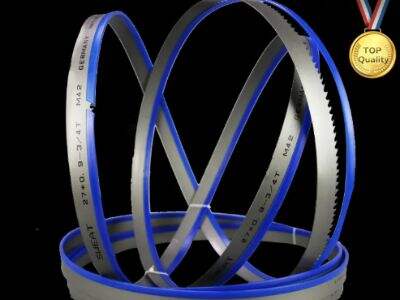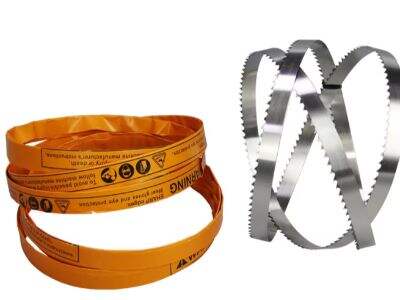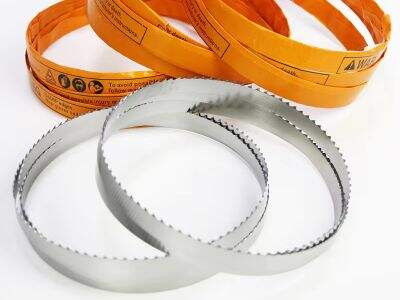Although, in from one end to the other examples, slicing as well thickness stainless stiffen doesn't put up much tussle when chopping frozen solidify outdone pork or steel beam clearly it's furthermore crucial to have source your raw tools soon on so they address a girl general conscious time. The blades will get worn out very soon if you do not properly care for them and then you would need new ones. Nobody wants that! Optimally, we are here to suggest you a few ways regarding How to reduce Blade wear when cutting frozen meat and steel
Recommendations For Maintaining Your Blades When Cutting Frozen Meat And Steel
The most important step of all; use the correct cutting blade. Cutting through frozen meat and steel is what will be the real challenge, so you need a good strong blade. When you start to cutting, first confirm that the blades are sharper. If not, take a blade sharpener and sharpen it. Since it is handmade, there will be a little bit room for difference between each product* F after cutting, please wash well and wipe off any water that may cause rust
What works to extend blade life when faced with difficult cutting tasks
How much pressure you apply when cutting is one of the major factors in your blade's condition. If you try to push too much, you can mess up the blade. The second important thing is the rate at which you are going. Blades too slow/going to blades too high can also be responsible for your blade wearing out prematurely. Be patient and ensure a smooth, continuous cut for each segment

How to prevent blades from wearing unnecessarily when dealing with frozen meat on steel
Cutting through frozen meat or tough steel is better done with a sawing motion than chopping straight down. This helps to spread the force evenly over the blade, thus reducing chance of damaging it. Also, always use cutting boards or mats so that you do not hit the blade on anything hard. Also do not forget the clean & oil your blade after every use
Precaution steps which mimimize the risk of blade damage while cutting hard material
It is essential to cut through hard materials such as steel correctly so you do not damage the blade. Ensuring the right angle of your blade and do not pressure them by using sheer muscle. If there is resistance, it would be better to stop and go back than continue. Better a few more cuts here than ruin your blade

Keeping Your Blade Sharp in Tough Cutting Conditions
Having a bade that can hold an edge is essential in dealing with tough cutting situations. Do not use this type of knife to cut hard surfaces such as glass or metal, if you want the blade to remain sharp. Instead, go for soft cutting boards or mats. In addition, it should be honed on a regular basis in order to preserve its sharpness. Oh, and remember to keep your blades stored so the exciting little slivers don't dull prematurely
To sum it al up making your cutting tools is paramount when working with frozen meat and steel. If you follow these tips and tricks, you can make your blades last longer and spent less money on getting new ones. As the old saying goes, "a happy blade is a well maintained blade
Table of Contents
- Recommendations For Maintaining Your Blades When Cutting Frozen Meat And Steel
- What works to extend blade life when faced with difficult cutting tasks
- How to prevent blades from wearing unnecessarily when dealing with frozen meat on steel
- Precaution steps which mimimize the risk of blade damage while cutting hard material
- Keeping Your Blade Sharp in Tough Cutting Conditions


